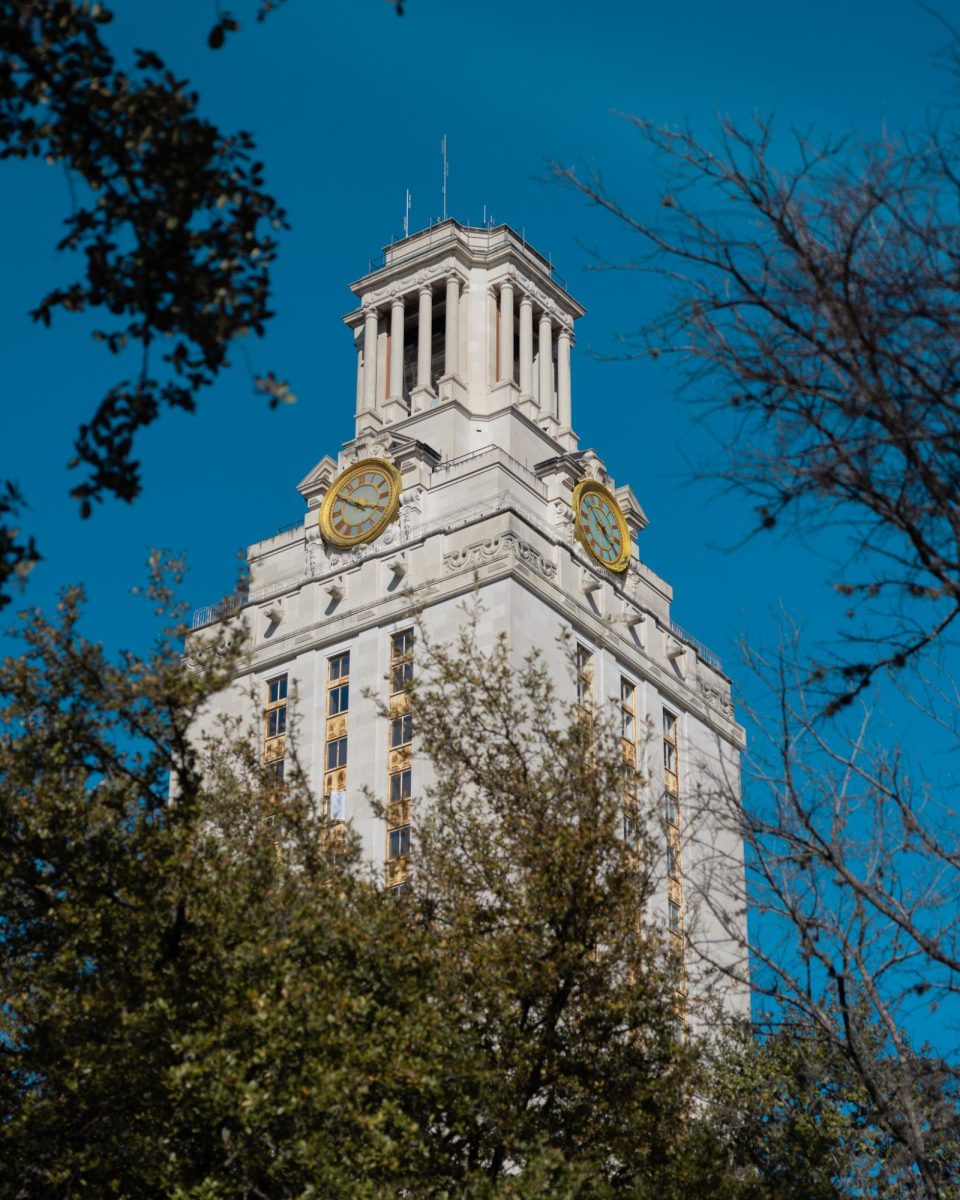NASA selected the UT Cockrell School of Engineering for a five-year, $1.3 million grant for the expansion of their science, technology, engineering and math, or STEM, program.
Founded in 2010 with funding from NASA Research Opportunities in Space and Earth Science and the Texas Space Grant Consortium, the program serves about 12 high school students and three teachers each summer. With the new funding, the program will expand to 250 teachers and students every summer. The funding will also expand the Center for Space Research’s internship program, as well as launch a new online earth science program for high schoolers.
The STEM program, which will allow high school students and teachers across the country to work alongside UT engineers at UT’s Center for Space Research, will focus on analyzing data gathered from NASA’s Earth Observing System to investigate and analyze changing earth and weather patterns.
“Climate change research is important for every single person on this planet,” Robert Dull, senior research fellow in UT’s environmental science institute, said. “The more people we get involved in this research now, the better prepared we will be as a society to deal with future environmental changes.”
The program will be managed by co-investigators Wallace Fowler, a professor in the Department of Aerospace Engineering and Engineering Mechanics, and Margaret Baguio, a senior education and outreach coordinator for the Texas Space Grant Consortium.
The expansion of the program aims to increase interest and performance in STEM disciplines among high school students.
“STEM majors turn into more than just a learning experience,” Bailee Sutton, a senior at Brandeis High School in San Antonio, Texas, said. “People who pursue these degrees become a part of careers that involve endless possibilities and exploring subjects that are still unknown.”
Students in the program will work on NASA research using NASA resources, while teachers will learn how to effectively deliver STEM instruction using NASA content, according to a press release. Faculty in the Center for Space Research will create a web-based high school program that will be accessible to participating schools.
“The projects being worked on are not made up. The students are analyzing real data and collectively providing valuable information about our planet Earth,” Baguio said. “Exposing more students to the wealth of data and information we receive from NASA and inspiring more students to enter STEM careers is the most exciting part of this initiative.”


















